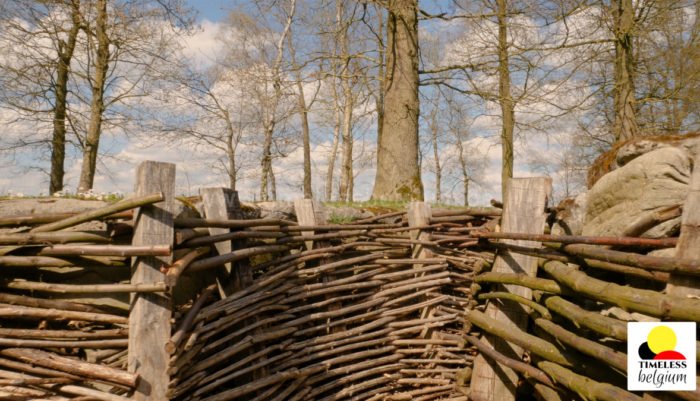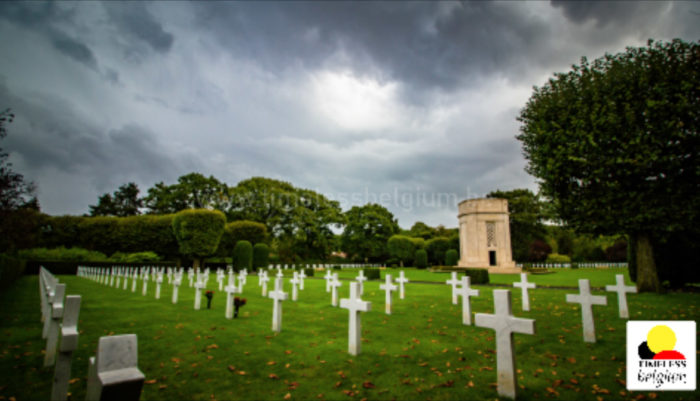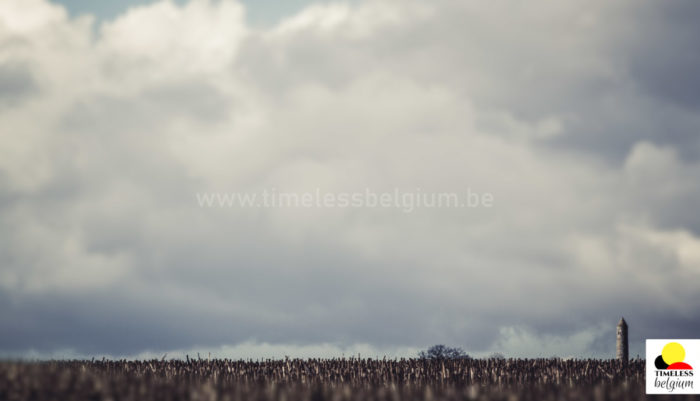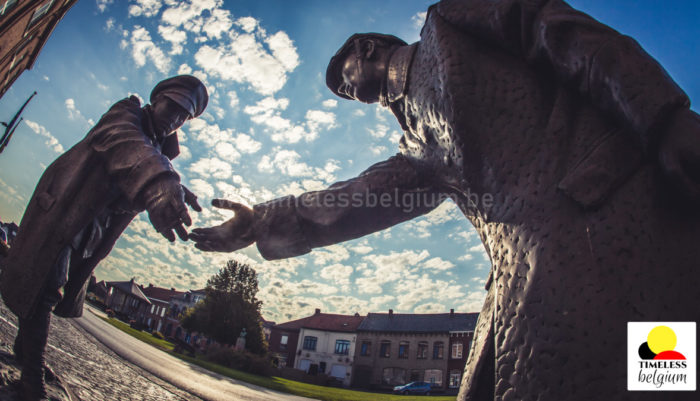Dodengang in Diksmuide : landscape of World War One trench system defended by soldiers of the Belgian Army to stop german incursions across the Yser River
(Browse the collection : West Flanders Province time lapse and video stock footage)
More than 100 years after the actual facts the Great War trenches continue to amaze. The Trench of Death in Dixmude is the perfect setting in which to discover the horrific conditions the soldiers had to endure. The Trench of Death is the last remaining stretch of Belgian First World War trenches.
The Western Front was a trench network covering thousands of kilometres, extending south from Nieuwpoort on the Belgian coast to the French border with Switzerland. Bitterly cold, waterlogged and thick with mud, the trenches offered soldiers precious little protection. In the countryside, 1.5km from the town of Diksmuide, a small section has been preserved. Known as the ‘Trench of Death’, conservation work ensures that this remains a unique example of battlefield life.
While scrambling to close off access to ally France, Belgian troops opened the floodgates of Nieuwpoort on October 25th, inundating the low-lying land the German army stood upon. The scene soon dissolved into a disorderly muddy mess. All chances of a swift German advance were gone, yet the ultimate stand came at a price. A miserable four-year period of trench warfare had begun, symbolized to this day by the eerily named ‘Trench of Death’ at Dixmude, the last remnant of the trench system etched into the seaside landscape.
File names, codec and sizes | ||
yser09_fhd | yser09_5K+ | yser09_web |
Mov ProRes 422 HQ | Mov ProRes 422 HQ | H264 Mp4 |
225 Mo | 1,87 Go | 9,24 Mo |
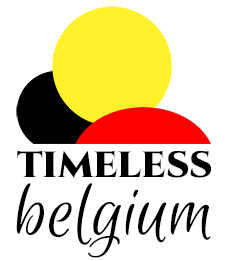
 My Account
My Account 
